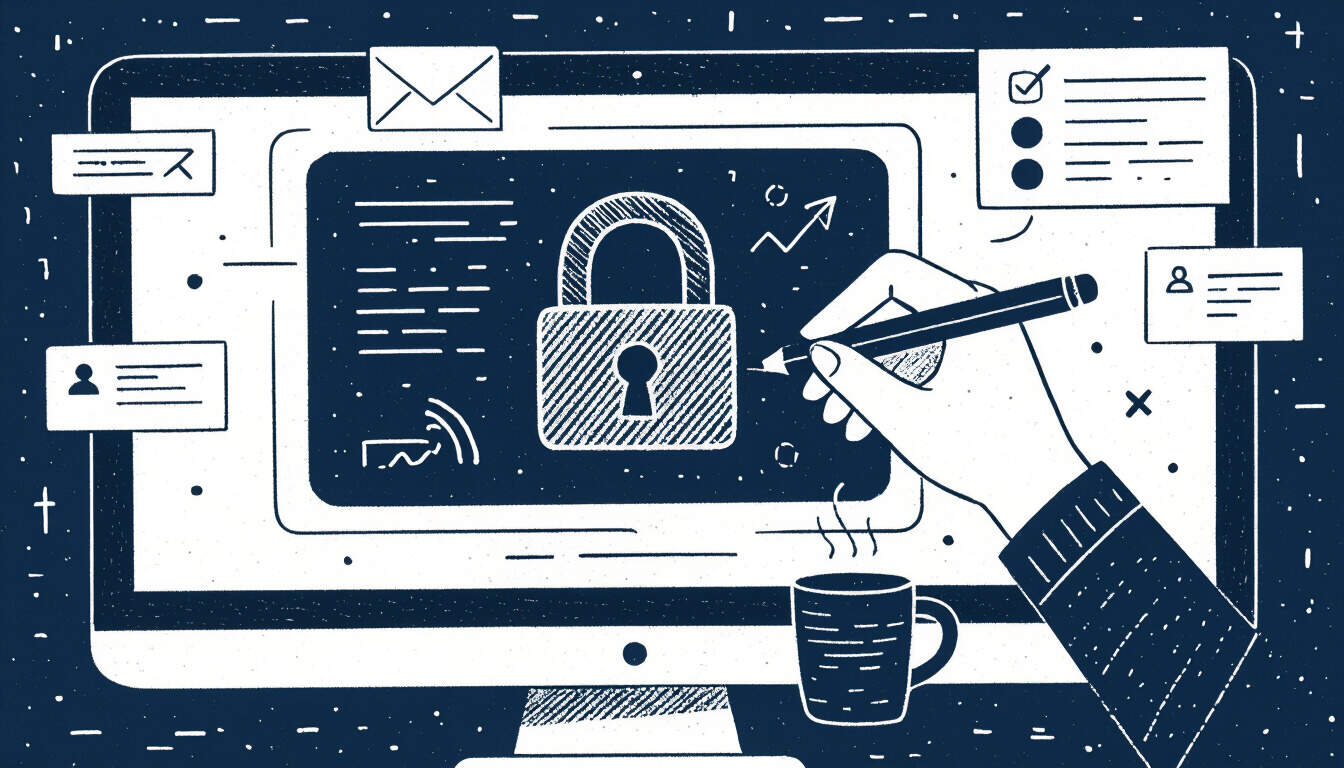Secure User Authentication for Aspiring Freelance Web Developers
 by Shanie Goodwin
by Shanie Goodwin
Discover the essentials of user authentication systems and how they form a key skill for freelance web developers. This guide covers basics, implementation, and practical tips to help beginners and intermediate learners build secure websites and boost their freelance careers.

Starting out as a freelance web developer means building a strong set of skills that clients value. One essential area is user authentication systems, which ensure that websites remain safe and reliable. For beginners, focusing on this can open up many opportunities in web development.
User authentication systems are the methods used to verify users on a website. They protect sensitive data and maintain privacy. Many freelance projects involve creating platforms where users log in, such as e-commerce sites or personal blogs. By learning user authentication, you can handle these tasks with confidence.
To begin, consider the basic components. These include login forms, passwords, and session management. Passwords are a common starting point. They act as the first line of defense for user accounts. As an intermediate learner, you might explore how to store passwords securely using hashing techniques.
Hashing is a process that transforms passwords into secure formats. This prevents unauthorized access if data is breached. For freelance web developers, implementing hashing can make your work stand out. It shows clients that you prioritize security in your projects.
Next, think about different types of authentication. Options include single-factor and multi-factor methods. Single-factor relies on something the user knows, like a password. Multi-factor adds layers, such as a code sent to a phone. As a beginner, starting with single-factor systems is straightforward and builds a solid foundation.
In practice, tools like JSON Web Tokens (JWT) are popular for handling authentication in modern web apps. JWT allows secure transmission of information as a JSON object. For freelance developers, using JWT can streamline projects and improve efficiency. Remember to keep learning resources simple at first to avoid overwhelm.
Now, let's cover implementation steps. First, set up a basic server using frameworks like Express.js for backend development. This helps in creating endpoints for login and registration. Once set up, you can add authentication logic to verify credentials.
For example, when a user submits a login form, the system checks the provided password against the stored hashed version. If it matches, the user gains access. Freelance web developers often use this in client projects to ensure smooth user experiences.
Testing is another crucial step. Always test your authentication systems thoroughly. This includes checking for common vulnerabilities like SQL injection or cross-site scripting. By doing so, you build trust with clients and enhance your reputation.
Beyond basics, consider integrating with third-party services. Providers like Google or Facebook offer authentication options that simplify the process. This can save time for freelance work and allow you to focus on other aspects of development.
As you progress, think about how authentication fits into larger projects. For instance, in a full-stack application, it works alongside front-end technologies like React. Combining these skills makes you a versatile developer, attractive to potential clients.
Here are some practical tips to get started:
- Choose a learning path that includes hands-on projects.
- Practice with open-source code to see real-world examples.
- Join online communities to share knowledge and get feedback.
- Build a portfolio that showcases your authentication work.
Building a portfolio is key for freelance success. Include projects where you implemented user authentication systems. This demonstrates your capabilities to potential employers.
Over time, as you gain experience, you can tackle more advanced topics. These might include role-based access control, which limits what users can do based on their permissions. For web developers aiming for freelance careers, this adds value to your services.
Remember, the field of web development offers continuous growth. By mastering user authentication, you position yourself for long-term success. Many beginners find that this skill leads to steady freelance opportunities.
In summary, user authentication systems are a vital part of web development. They not only protect users but also enhance your professional profile. As an aspiring freelance web developer, investing time in this area will pay off through better projects and client satisfaction.
Why Focus on Security in Freelance Work
Security is often overlooked by newcomers, but it plays a big role in client retention. When you implement strong authentication, you reduce risks and build credibility. This can lead to repeat business and referrals.
Steps to Learn Authentication
- Start with online tutorials on basic concepts.
- Experiment with code in a development environment.
- Apply what you learn to small personal projects.
- Seek feedback from peers to improve.
By following these steps, you can turn authentication into a strength. Ultimately, this skill will help you thrive as a freelance web developer.
